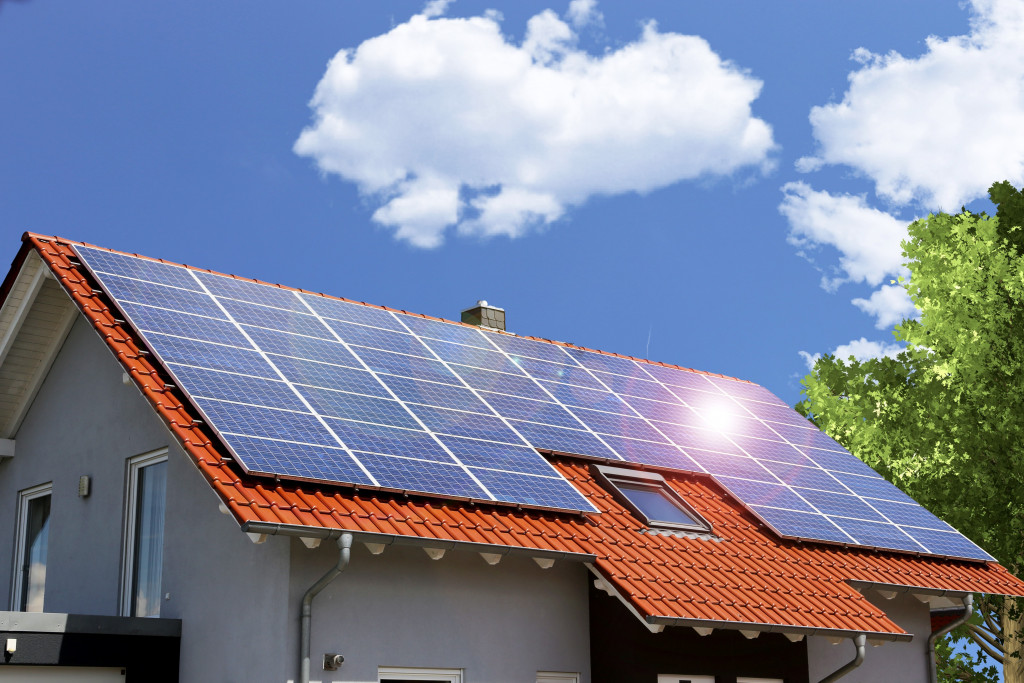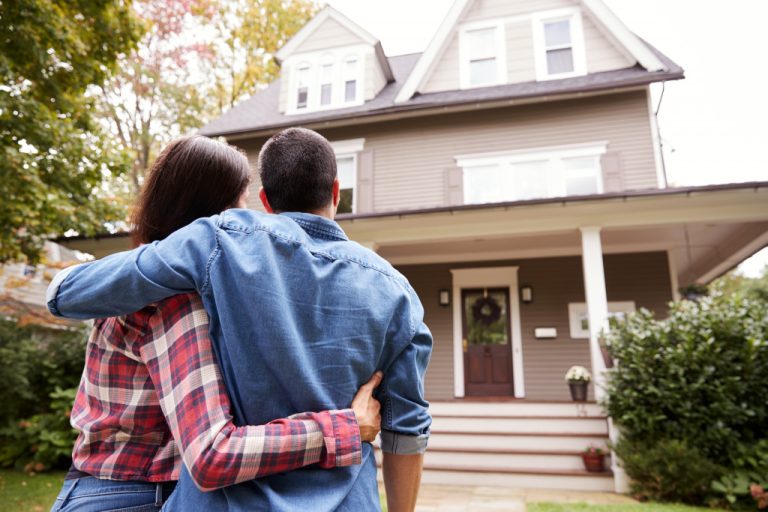Everyone is growing more concerned about their carbon footprint, the impact of humans on the environment. We all want to be good citizens and leave a beautiful planet for future generations.
It is natural to want to do your part to help preserve our planet. However, it won’t be easy. It requires a complete lifestyle overhaul that includes everything from what you eat, to how you get around.
The good news is that, if you really want to be kinder to the planet, there are many ways you can do that. You to make your home eco-friendly. Here are a few steps.
Turn Your Roof Into a Solar Energy Farm

The roof is the perfect place to install solar panels. It gets a lot of sunlight throughout the day. Moreover, it’s often an unutilized space.
Adding solar panels to your home is a good step towards going green. They reduce the need for electricity from traditional power sources, which reduces carbon emissions and conserves natural resources.
It is possible to install an entire system on your roof or you can go with individual panels if that better meets your needs. Either way, solar energy provides a good way to “go green” in a big way.
Or Construct a Green Roof
A green roof is another great eco-friendly project that utilizes an often neglected part of the house. A green roof is basically a roof that has been transformed into a garden.
This means the green roof replaces the rooftop and provides you with space for gardening and entertainment. A green roof can be as simple as a patch of grass or it could be more complex, full of different levels and greenery. You’ll need to do some research before starting this project to make sure you’re creating the correct roof for your needs.
The benefits of having a green roof include insulation and a lower energy bill.
Add a Living Wall
On the other hand, you can utilize the exterior walls of your house as a vertical garden. A living wall is a wall that is covered with plants. It is not exactly like your standard wall, but it can provide more than just an attractive accent to the exterior of your home.
This is very eco-friendly because you are utilizing space that would otherwise go unused and you are adding insulation value to the exterior of your house. Because of this added layer, the sun won’t be shining directly on your walls, reducing the heat that seeps into the interior of the house. In addition, plants create a cooling effect that reduces the overall temperature inside and around your home.
You can plant anything on this living wall, from flowers to ivy. However, you will need a specialized design to make sure the wall is structurally sound and will help preserve the plants.
Opt for a Composite Deck
A deck is a great way to make your backyard more enjoyable. An eco-friendly alternative is composite decks. These are made from materials like plastic, recycled wood, bamboo, and cork.
They are definitely more expensive than standard decks, but they are totally worth the cost in terms of their green benefits. One is that they require little to no maintenance and can last for years. You won’t need to spend countless hours keeping the deck in good condition, reducing your carbon footprint and saving you some time and money.
Another great benefit is that composite decks are waterproof, so they don’t absorb water as a regular wooden deck would. This helps keep moisture out of your home, which can lead to problems like mold and mildew.
Get a Rain Catcher
Tending to a garden can be wasteful, especially if your plants are not native to your state. However, you can always recycle water or utilize the water that falls down your roof whenever it rains.
It’s a simple way to make your home a little greener—get a rain catcher. This is basically an aqueduct system that diverts rain from the roof of your home, through a pipe, and into a cistern or other storage device.
This is helpful for homes in dry regions because it allows you to collect as much rainwater as possible and use it to irrigate your outdoor space. This will reduce the need for water from other sources like lakes or rivers, which can be affected by pollution and overuse.
There are many ways that you can make your home more eco-friendly. The key is to find the strategies that work best for your home and your lifestyle.

